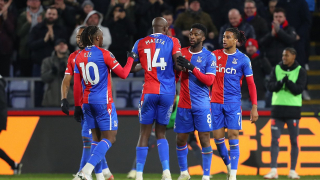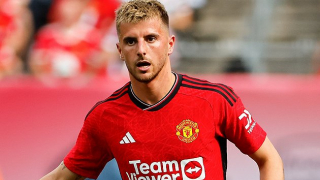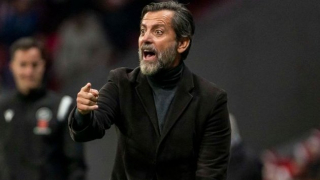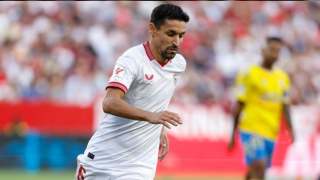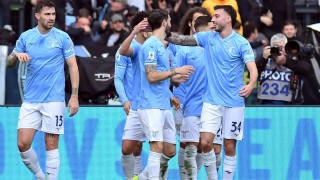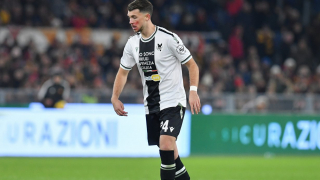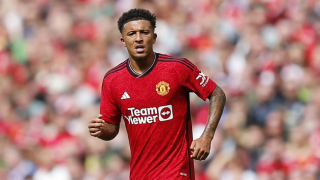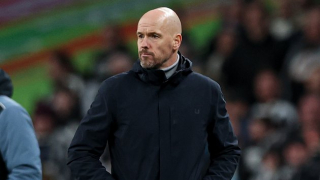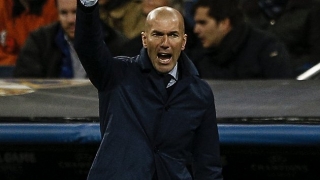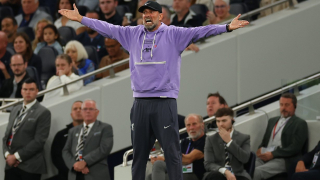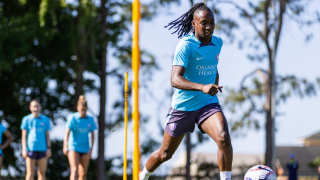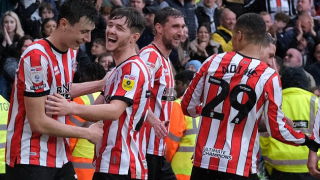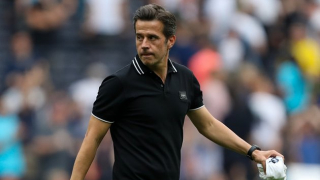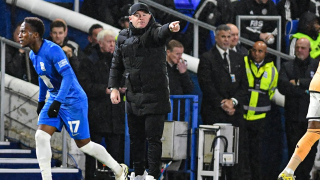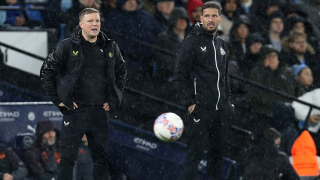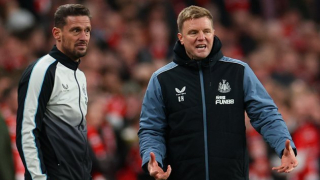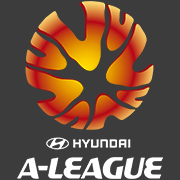When the Sydney Rovers finally get off the ground, it will be huge for the sport in the New South Wales state capital.
The license for the 12th A-League team lies with a Western Sydney consortium which is currently struggling to come up with the required funds to kick off a team in the competition but it is expected that somehow the club will be created with Football Federation Australia prolonging their cut-off date for the funds as they focus on the World Cup bid.
35% of all registered players in Australia reside in the Western Sydney region which is an alarming statistic, indicating that a second team in Sydney can easily be accommodated.
Reigning A-League champions Sydney FC currently control the eastern corridor, leaving the entire Western Sydney catchment area to the Rovers.
In Melbourne, the FFA potentially made an error by not placing the Heart in a similarly populated area with the established Victory already controlling inner city suburbs and surrounding areas.
They lost the opportunity to service a huge area such as Melbourne's southeastern suburbs which is populated by about 2 million people. The Victorian Government perhaps should have built a football-specific stadium in the Dandenong region, for instance, which has a very strong grassroots foundation and the potential to house a 15-18,000-capacity stadium which would be close to full every week. So the question has to be posed - should that area have been the home for the Heart?
This actually strengthens Victory chairman Geoff Lord's argument that having two teams playing out of the same stadium saturates the market and doesn't provide anything for certain geographical areas. AAMI Park was supposed to be the new Mecca for football in Melbourne with capacity crowds every week but the only thing we have seen anywhere near the full quota was the Heart v Victory derby in early October, suggesting that Lord was on the money.
The football-specific stadium is aesthetically pleasing on the eye but it is obvious that a lot of supporters do not like AAMI Park as there is no parking, making it a much more difficult task for families to get along on a regular basis.
Just next door there is Olympic Park which was once the historical home of Victorian soccer, the cathedral of the sport in this state. But over the years it has become disenfranchised and is now seen as a poor venue. In effect, AAMI Park has been a relative failure as it has not captured the imagination of the football faithful in Melbourne leading again to a suggestion that perhaps a stadium away from the central area may have been a better option.
What's more is that observations from Heart games proposes that a lot of support seems to come from 'old school' Melbourne football fans, whether they be old Carlton or Melbourne Knights people. Heart support is basically leftovers rather than them being able to tap into a massive catchment area in the southeastern corridor, as mentioned before. But it's not the club's fault, more the erring ways of the Government who could have pushed for a new stadium in the SE suburbs rather than double up in the city where the Victory already have a monopoly.
A good comparison comes from the good old US of A, with Major League Soccer opting to bring in a second team in New York by 2013.
Admittedly, New York has almost triple the population that Sydney does but what MLS Commissioner Don Garber said hits the nail on the head. "There are 13 million people in this city, more than enough to go around, especially if one is in the city and the other is across the river in New Jersey. I'm not at all concerned about saturation," Garber said of the Cosmos joining the Red Bulls in North America's top flight. The Cosmos will be based over the river in Jersey so they service one half of the City and Red Bulls the other side.
This is why the Sydney Rovers can be a success as they will draw on support from a massive region and will be situated away from Sydney Football Stadium in the city's east.
It will also provide the A-League with another crosstown rivalry which is required to give clubs and supporters the importance they so rightly deserve.
I will leave you with a few more thoughts from Mr Garber who has helped turn MLS into a world-class football league.
"We're very focused on local rivalries being a key driver in growing our clubs' relevance, and by growing local relevance, we believe that can translate into national relevance," Garber said.
"Rivalries really do matter. While we've been very focused on broadening our footprint, we do believe we need to have more rivalries and that second team in New York will help us do that.''

